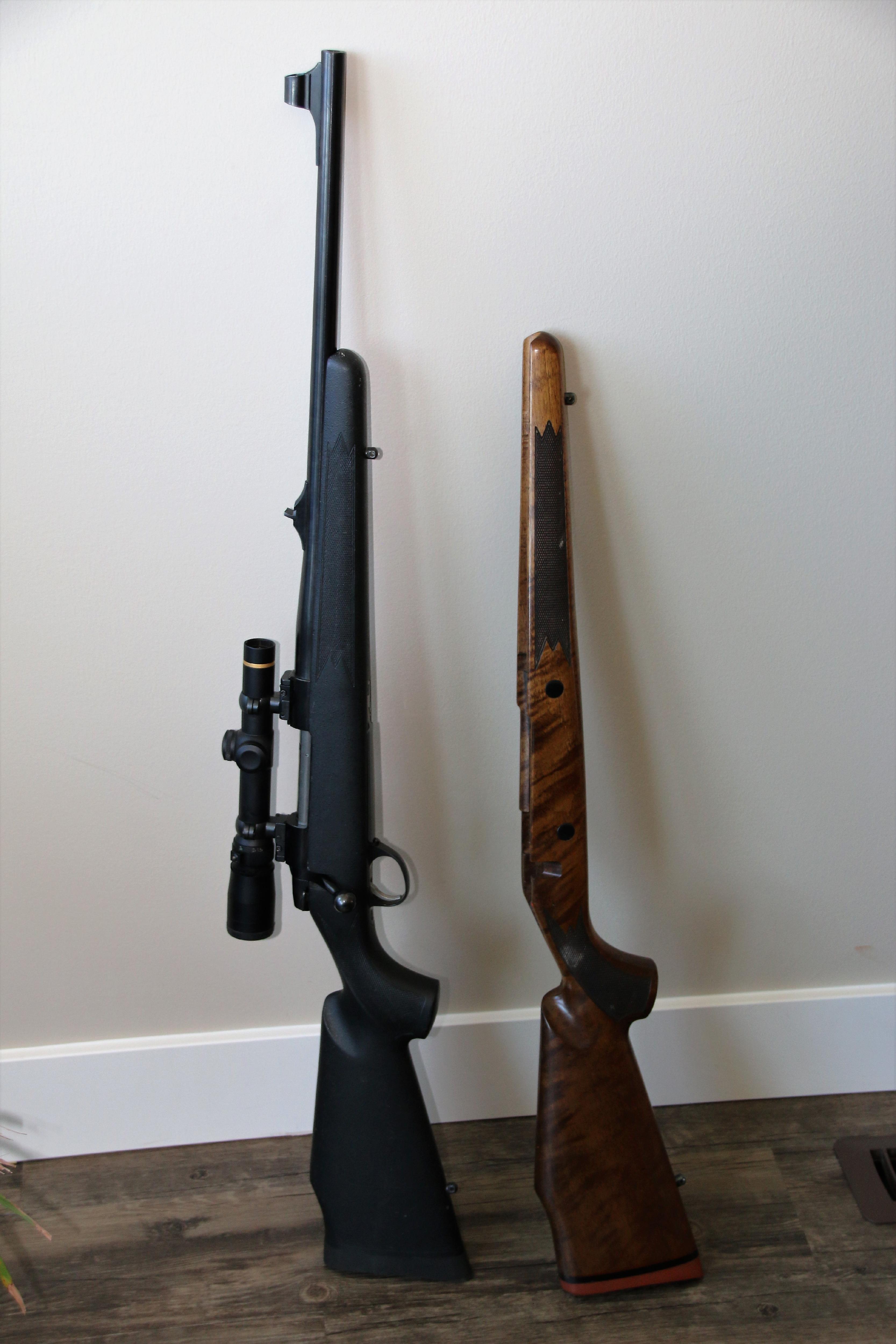Well it’s hard to believe that it’s that time of year already; I leave next week for my first hunt of the 2016 fall season. I was successful in getting a draw for grizzly on the coast and I want to make sure my rifle is ready for the extreme conditions.
Advertisement

With the grizzly hunt being in one of the wettest area in the province it was the motivation that I needed to install a synthetic stock on my .375. I purchased the stock almost a decade ago for a rifle project that I ended up completing with a wood stock and I just never got around to installing it on anything else. I just didn’t want to subject the wood stock on my .375 to the potential abuses of the climate/environment on the upcoming hunt. There is very little weight difference in the two stock, less than six ounces to be honest. Many people think that synthetic stocks are much lighter than wood and that is the main reason for switching. I am sure there are shooters out there that need to trim those six ounces when trying to get the lightest mountain rifle as possible. That wasn’t my purpose for switching, I need the stability of a fibreglass stock because performance is critical. I actually prefer the esthetics and feel of wood over synthetic. There are many versions of synthetic stocks out there on the market, some are very inexpensive while other stocks can be very pricey. Some of the injection molded “plastic” are cheap while Kevlar and various fibre stocks can easily run over $1000, dependent on options and materials used in production. They are not unbreakable but are more forgiving than their natural counterparts in most circumstances.
I switched stocks to ensure that the excess moisture wouldn’t affect the wood stock and in turn affect the point of impact. Hunting coastal bears can be dangerous enough, no need to gamble on a stock that may or may not warp with moisture. Stability and performance should always take precedence over cosmetics of a rifle in my mind. Swapping stocks in the field/camp isn’t always an option as well. Swapping the stock on this rifle created a point of impact shift of almost four inches at 100 yards, which is far too much of a variance to ensure accurate ethical shots on game, especially if one has to shoot a couple hundred yards. Knowing that I would only have a few days between hunts I wanted to make sure that I had time one the range to deal with any issues. Now if I want to switch back to the factory wood stock I know that I have to head to the range to check it again, something that probably should be done every time a barreled action is taking out of the stock.
Advertisement